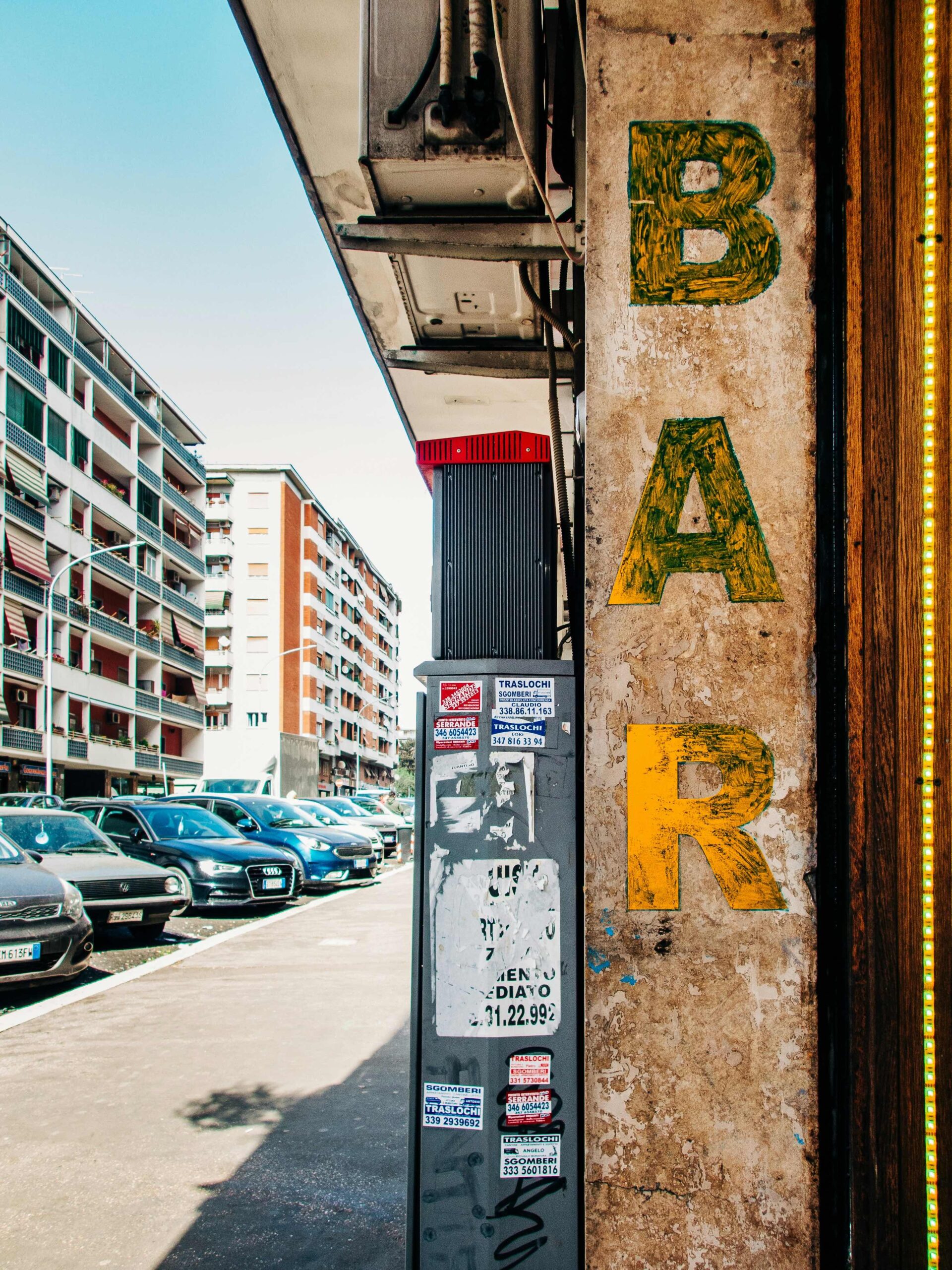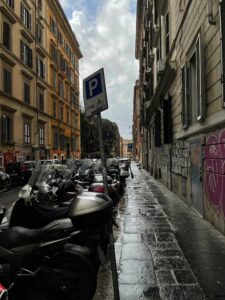The Sociology of Rome and Its Neighborhoods

As a European capital with a population of about 3 million people, Rome is a complex city, extending well beyond its historical center. Exploring the city and understanding its social composition is the goal of the “Sociology of Rome” course, part of the University of California Education Abroad Program’s Fall semester program with Accent. This program emphasizes communications studies and the sociological makeup of the Eternal City, providing students a rare glimpse into aspects of Rome typically unexplored by tourists.
The course is taught by local faculty Gregory Smith, PhD. A sociologist by training, Smith holds a doctorate in social anthropology from Oxford University. Most of his research focuses on contemporary Italian society, urban space in Italian cities, and local approaches to food production. Smith has been living in Rome for decades, and the Eternal City features prominently in his research. Thanks to years of fieldwork, Smith has gained extensive first-hand knowledge of many neighborhoods in Rome, developing personal networks with individuals and institutions alike.
Unsurprisingly, the Roman periphery features prominently in his course. Throughout the semester, students explore various neighborhoods located outside the historical (and touristy) city center, thanks to several on-site classes and lectures. During these visits, students learn to understand the unique social composition, history, and architecture of these urban landscapes.
One on-site class took place in the neighborhood of Rebibbia, a working-class district developed mainly in the 1950s and 1960s. Smith and the students first observed some examples of local apartment buildings, many of them hurriedly built to house several families. They then discussed the presence of Rome’s main prison in the neighborhood and its impact on the social and economic life of the area.

Another course-related visit brought students to Corviale, at the opposite end of Rome’s metropolitan area. Here, the focus of the class was the history of public housing projects and their impact on the local population. To understand how citizens shape their own communities through various initiatives, students visited Il Mitreo Iside, a local cultural center created by the citizens of Corviale. Accompanied by the director of cultural initiatives Monica Melani, the group toured the facilities and learned about current initiatives, from an art exhibit with international painters to theater workshops for children.
By exploring Rome’s periphery in person, students in this class gained a deeper understanding of the city and its culture, far from the celebrated monuments and tourist traps. Thanks to these visits, they had the chance to learn about Rome’s urban structure and social dynamics, gaining a new, global perspective on life in a modern city.
Accent collaborates with partners to identify and develop the courses that best align with student interests and institutional global learning goals. Accent faculty have years of experience in the design and delivery of experiential courses in a U.S. education abroad context. Courses include adaptations of campus syllabi with case studies from the host-country, new courses developed to address the same learning objectives as courses from a campus catalog, or fully customized curricula. To learn more about the course development process and timeline, please reach out to Accent’s Program Development team at development@accentglobal.com